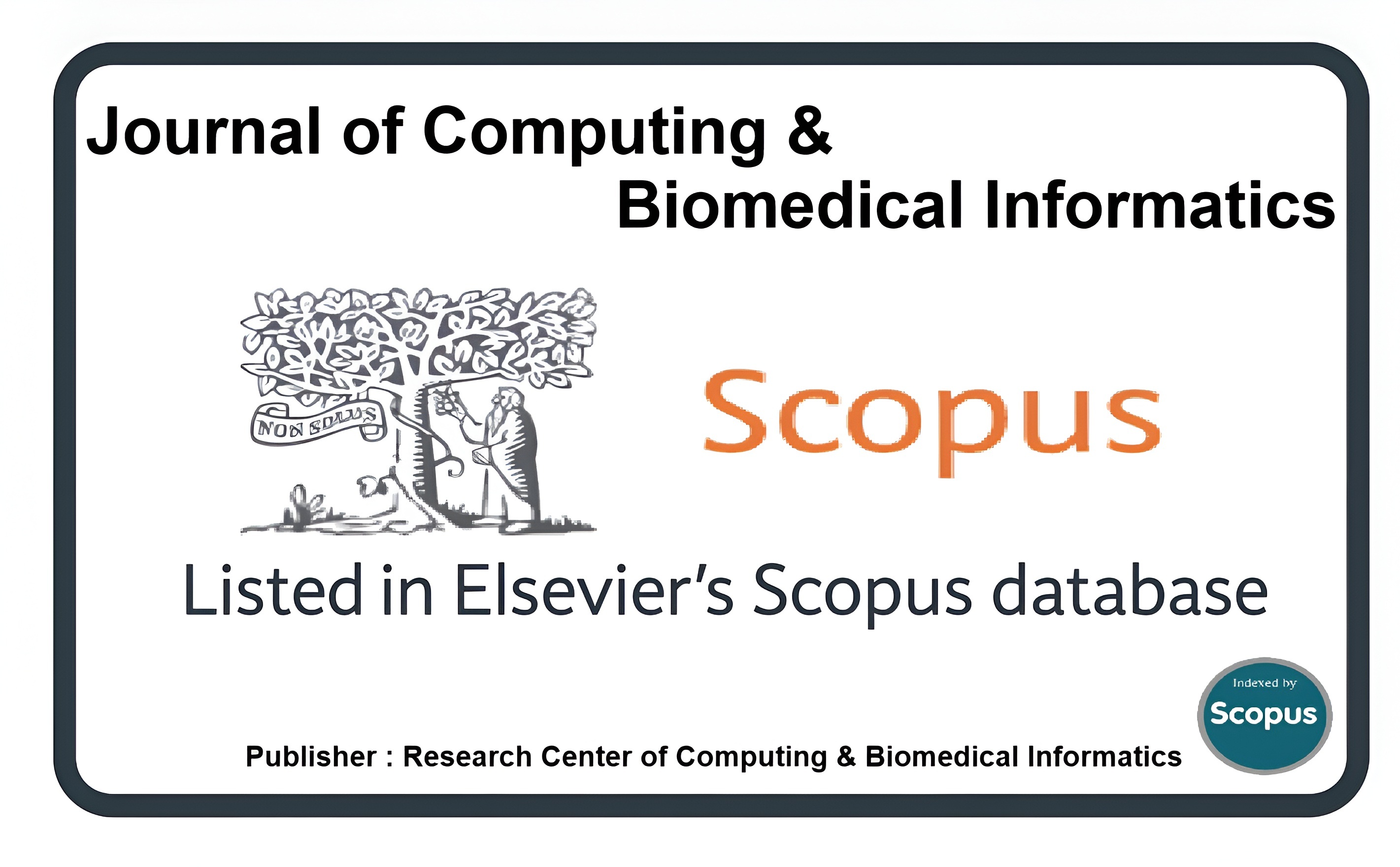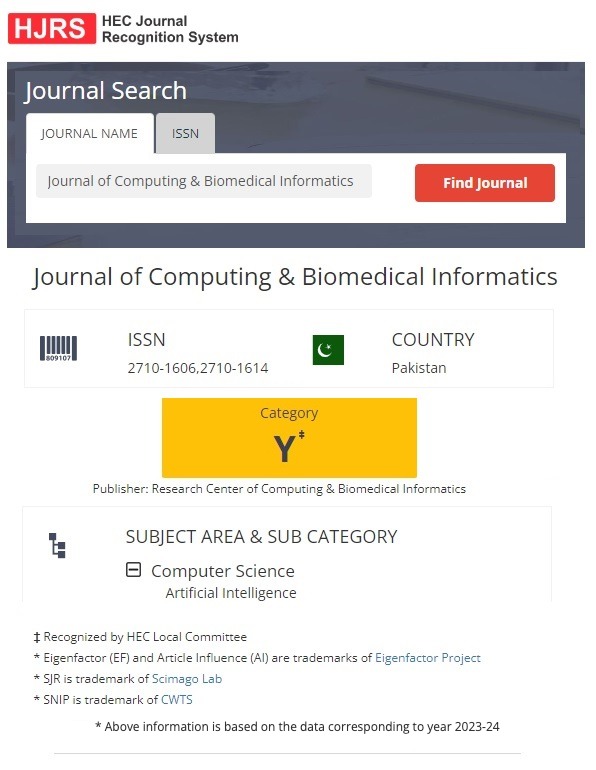IoT-Based System for Prediction of Fungal Disease Attack on Mango Leaves
Keywords:
Mango Leaves, Fungal Disease, IoT, Logistic Regression, Random ForestAbstract
Mango has significant commercial importance in Pakistan, as it is the world’s sixth-largest mango supplier. However, mango is severely affected by fungal diseases due to variations in environmental parameters. These diseases are normally found in growing areas of mango worldwide; weather parameters such as humidity, temperature, and leaf wetness duration increase the probability of fungal infection on mango plants. Early prediction of fungal disease on mango leaves can help farmers prevent potential losses. The goal of the research was to use sensors based on Internet of Things (IoT) for the monitoring of mango orchards in real-time and collect environmental data from targeted areas for disease monitoring. The hardware was installed in the Mango Research Institute Multan (MRI) orchard to collect current data. The past data was collected from AWS-MNS University Multan. The study was then carried out by developing the logistic regression and random forest model for Anthracnose prediction using past and current weather data for predicting future Anthracnose infections. The accuracy of the logistic regression model was 96%, while the random forest achieved 99%. This study developed an IoT-based system to improve quality and quantity of mango production.
Downloads
Published
How to Cite
Issue
Section
License
This is an open Access Article published by Research Center of Computing & Biomedical Informatics (RCBI), Lahore, Pakistan under CCBY 4.0 International License





